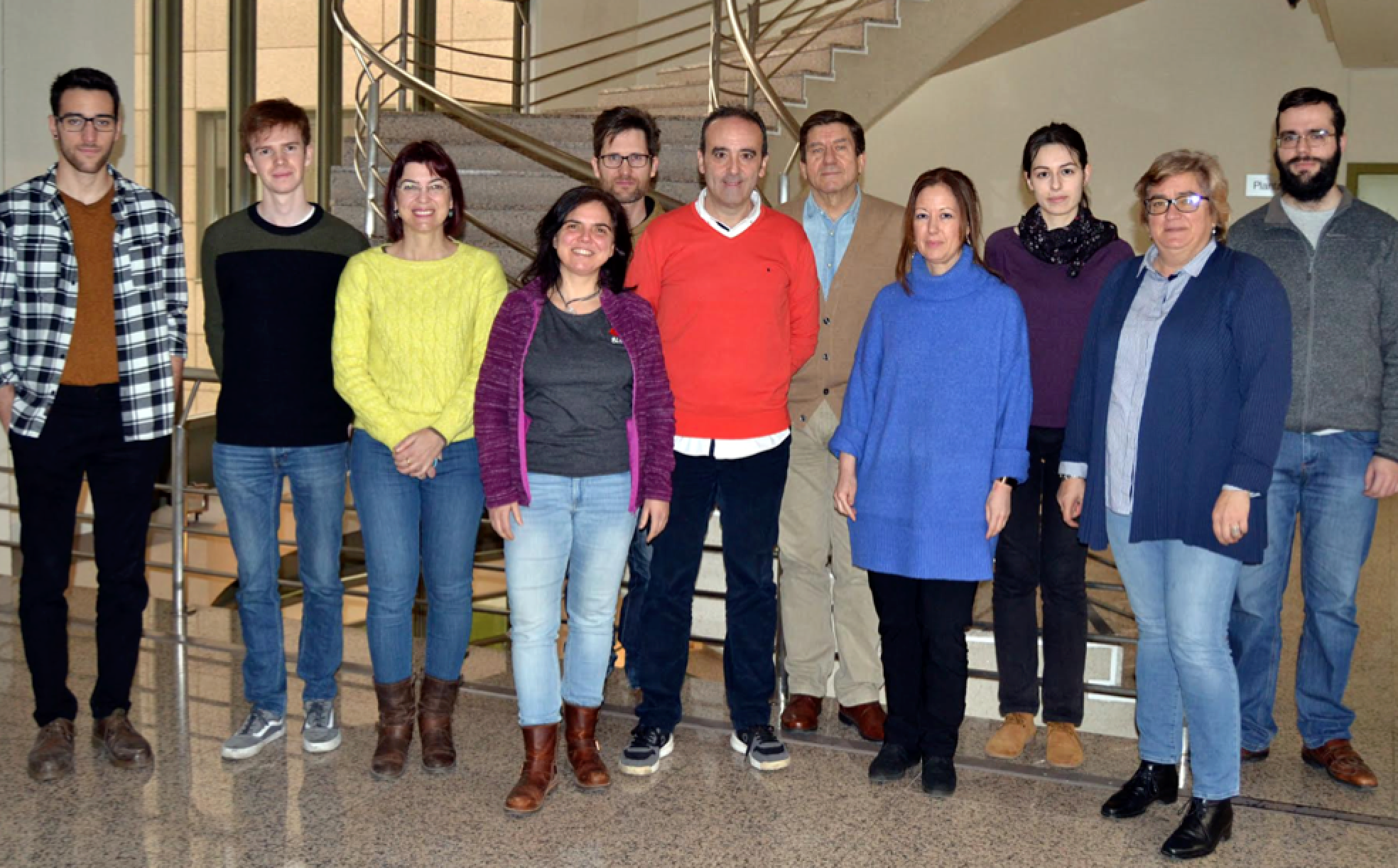The realm of quantum materials is akin to an uncharted territory in a grand landscape of physics—a domain where the rules of classical elegance dissolve into a tapestry of vibrant complexities. Among the many scholars exploring this fascinating frontier, Kevin Garrity emerges as a luminary, weaving intricate threads of theory and experimentation. His research redefines our understanding of solid-state quantum technologies and harnesses the latent potential residing within materials that defy conventional categorization.
At its core, Garrity’s work delves into the relationships between electronic structure and material properties. In this endeavor, he likens quantum materials to a symphony: each atom plays a note, creating a harmonious interaction that can produce unexpected crescendos of conductivity, magnetism, or even superconductivity. Just as a maestro conducts an orchestra, expertly manipulating the forces at play, Garrity navigates the complexities of quantum phenomena to reveal their underlying beauty.
One of the pivotal themes in Garrity’s research is the exploration of topological insulators—materials that exhibit unique electronic properties. These are akin to islands of conductivity nestled within a sea of insulative behavior. They challenge our preconceptions about material states and conjure images of a landscape where conventional boundaries blur. Topological insulators possess surface states that remain conductive, while their bulk demonstrates insulating characteristics, akin to how an island may rise sharply from the ocean yet remain uninhabitable beneath the surface.
This intricate dance between the surface and bulk forms a foundational element in Garrity’s discussions. He posits that understanding the interplay between these states can unlock new avenues for quantum computing and spintronics—fields poised to revolutionize information technology. It is a thrilling metaphorical ascent, where the peaks of high-performance devices emerge from the valleys of theoretical exploration.
Central to Garrity’s intellectual quest is the notion of emergence. Quantum materials can often exhibit properties that are not immediately evident from their constituent parts. In his view, this emergence is reminiscent of a complex ecosystem, where interactions at micro-levels give rise to macro-level phenomena. A seemingly mundane material may, under the correct conditions, reveal the high-energy behaviors typical of exotic quantum systems. This revelation parallels nature’s own propensity for surprise, reminding us that profound insights often dwell beneath surface appearances.
Garrity’s research employs advanced computational methods and theoretical frameworks to predict the properties of novel materials before they are synthesized. It is a future-oriented approach, reminiscent of an artist sketching out a vision before applying paint to canvas. By simulating the behavior of electrons and predicting the outcomes of material interactions, he establishes a blueprint—a meticulous roadmap guiding researchers toward the creation of new quantum materials. This proactive stance ushers in a paradigm shift where theorists and experimentalists collaborate more closely than ever before, each complementing the other’s insights.
Furthermore, Garrity emphasizes the significance of symmetry in quantum materials. It possesses a duality akin to the quiet elegance of a snowflake, where each flake embodies a unique symmetry. In quantum systems, symmetry plays an equally crucial role, affecting phase transitions and excitations. As researchers inch closer to unveiling the subtleties of materials through the lens of symmetry, they inch closer to unlocking functionalities that might one day transcend the limitations of current technologies.
Among the most striking attributes of Garrity’s contributions is his ability to translate complex theoretical physics into a more digestible form. He embodies the role of an effective communicator, bridging the gap between intricate scientific discourse and broader societal implications. By articulating the potential applications of quantum materials—from energy-efficient devices to next-generation quantum computers—he crafts a compelling narrative around a subject that can otherwise seem opaque to those outside the discipline.
As researchers strive to harness the remarkable properties of quantum materials, Garrity remains steadfast in cautioning against the allure of unverified claims. The road to technological breakthroughs is fraught with challenges, requiring rigorous testing and validation. This call for scientific integrity echoes through the annals of academic pursuit—reminding the scientific community that novelty must be methodically substantiated.
Looking forward, Garrity’s vision extends beyond the laboratory. He imagines a future where quantum materials are ubiquitous, integrated seamlessly into daily life. Picture sidewalks embedded with quantum sensors that monitor environmental conditions or materials capable of self-repairing when exposed to damage. It is not simply the promise of innovation; it is the dream of a more sustainable and interconnected world, catalyzed by the astonishing capabilities of quantum materials.
In summation, Kevin Garrity’s exploration of quantum materials exemplifies a synergy of theory and practice, a quest to illuminate the shadows of uncertainty with the light of understanding. His work beckons researchers to venture into the depths of matter, embracing the enchanting complexities that arise. These materials, resonating with a melody of possibilities, are not just a testament to human ingenuity; they are harbingers of a future where the extraordinary becomes commonplace, inspiring generations to innovate boldly and relentlessly. The landscape of quantum materials awaits, filled with the promise of revelations yet to unfold.








